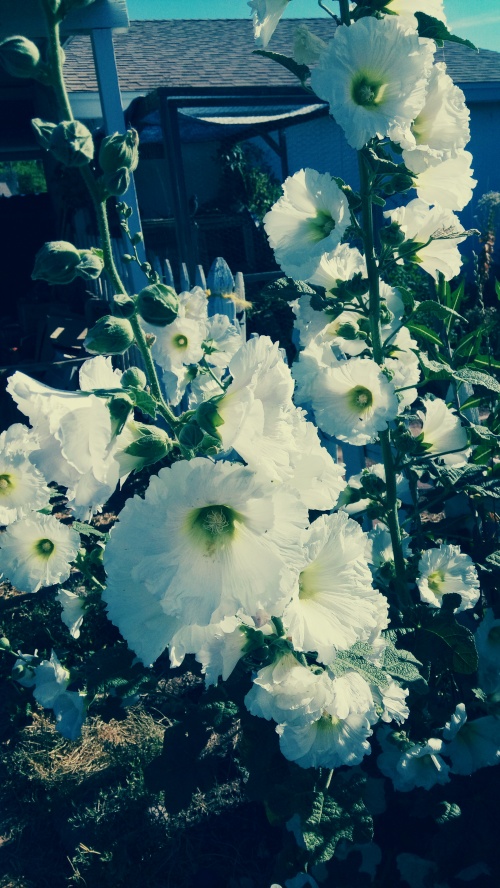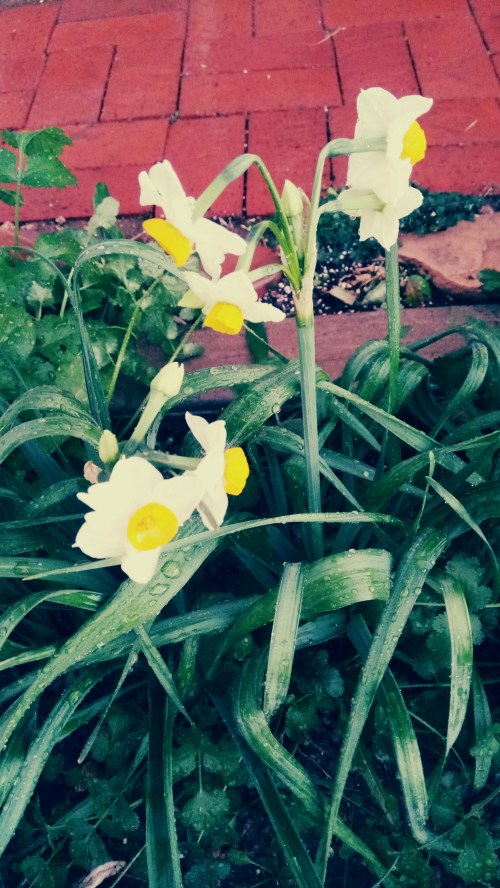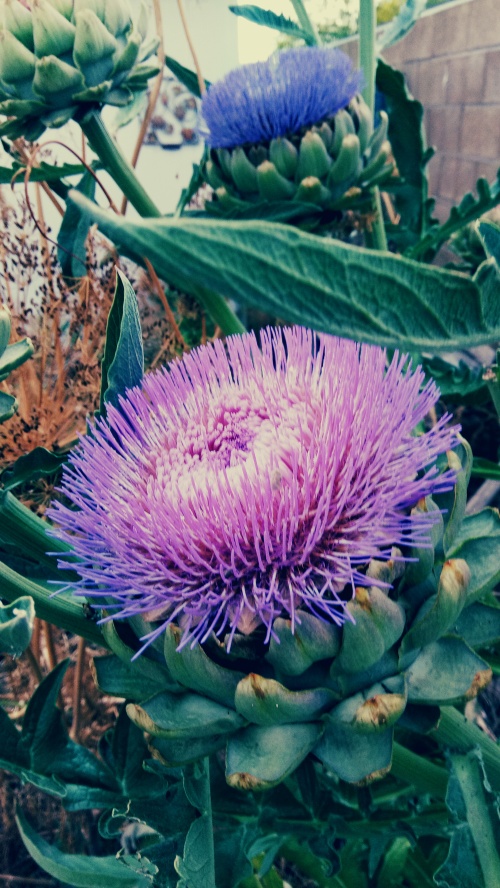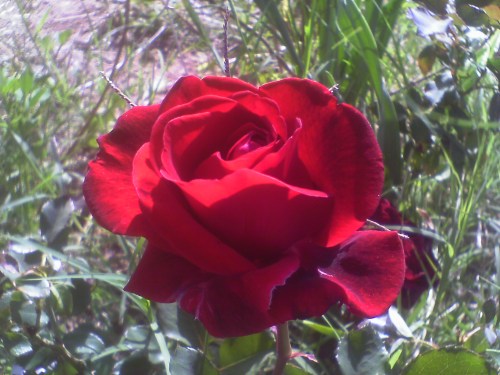There are a lot of ways to communicate. Since ancient times plants have had symbolic meanings. By Shakespeare’s time they were well known enough to be casually understood in his writings. The language of flowers has been casually used for centuries, finally being formalized by Victorians in the 19th century. Lucky for us they collected odd things like this and folklore and folk songs then compiled and published them for easy reference before they were lost to modern times.
This was a way to send wordless messages, secret or just discrete. Ever wonder about those roses in old meeting rooms? It’s a quiet reference to the phrase “sub rosa” or “under the rose”. a reminder since ancient times that conversations or proceedings within the room were to remain confidential. “There’s rosemary, that’s for remembrance, pray, love, remember; and there is pansies, that’s for thoughts.” from W. Shakespeare, Hamlet. Also Ophelia speaks up “There’s fennel for you, and columbines. There’s rue for you. And here’s some for me I would give you some violets, but they all withered when my father died.” Not only did Shakespeare use plant symbolism but Chaucer and other medieval and renaissance authors sprinkle their plays and writings with references to flowers and herbs but so did the ancient Greeks, Romans, Persians as well as the Egyptians and Chinese and pretty much any culture you can name. It appears to be a common practice the world over.
Not all of these are flowers, some are just greenery but that’s nice in an arrangement, too. Things like almonds can be used in ways other than flower arrangements, maybe in cooking and other artwork. The most obvious use would be a bouquet, nosegay, corsage or boutonniere but there are other possible uses. Pressed or preserved flowers framed as remembrances. Work plants into your artwork, embroidery or other creative endeavors. Use botanical references to liven up your prose, poetry or lyrics. Really, there’s no limit to your imagination. You can even plan a garden around the symbolism of your choice.
This is by no means a compleat list of flowers, herbs, plants and their meanings, but it should be good enough to get you started and if you want you can find more on your own. In the lists I found there were plants I wasn’t even familiar with so I’ll just include plants that most people will be casually familiar with. which should be a long enough list anyway. Listing them alphabetically will make them easy to find and refer too.



ViviLnk
Allium: Unity, Good fortune, Prosperity. Humility, Patience
Almond: Haste, Hope, Watchfulness
Aloe: Superstition
.Alyssum: Worth beyond beauty, Sweetness of soul
Amaranth: Faith, Immortality, Unfading love (Yes, it’s more than a grain, it’s an old garden flower)
Arbor vitae” Unchanging friendship
Bachelor Button: Protection, Healing, Likes a certain someone
Beech: Prosperity
Birch: Grace, Meekness
Camelia: Excellence, Loveliness (note: tea is Camelia sinensis)
Carnation: Admiration
Cherry Blossom, double: False Hopes
Cherry Blossom, single: Education
Clover: Fertility
Columbine: Folly
Crocus: Youthful gladness
Daffodils: Regard
Dahlia: Instability
Daisy: Innocence
Evening primrose: Fickleness, Faithlessness
Fennel: Strength, Worthiness
Ferns: Fascination
Fern, Bracken: Shelter
Forget me not: Forget me not
Foxglove: Pride, Energy, Magic
Gardenia: Purity, Gentleness
Geranium: Good health, Good wishes, Friendship, Foolishness
Grass: Usefulness
Heather: Solitude
Heliotrope: Constancy, Devotion, Infatuation
Holly: Foresight, Good wishes
Hollyhock: Circle of life, Ambition
Hyacinth: Games, Sport, Woe
Iris: Hope, Message, light, Power, Eloquence
Ivy: Fidelity
Jasmine: Admirability
Laurel (Bay leaf): Renown
Lavender: Distrust
Lily, white: Majesty, Purity
Lily, water: Eloquence
Lilly f the Valley: Return of happiness, Sweetness, Purity
Lotus: Enlightenment, Regeneration
Lupin: Imagination, Admiration
Magnolia: Nobility, Perseverance, love of nature
Marigold (African or French): Jealousy, Avarice
Marigold, common Calendula: Cares, Sorrow
Mistletoe: I surmount difficulties
Narcissus: Egotism
Nasturtium: Victory, Courage, Joy
Nettle: Slander
Oak: Hospitality
Olive: Peace, Security
Orange blossom: Chastity, Bridal
Orchid: Beauty, Refinement, Many children
Palm: Victory, Immortality
Pansy: Thought
Parsley: Feasting, Death
Peach blossom: A Bride
Peony: Prosperity, Good fortune
Pine, Fir, Spruce: Pity, Fidelity, Boldness
Poppy: Sleep, Consolation
Primrose: Early youth, Lover’s doubts and fears
Queen Anne’s Lace: Sanctuary
Rose, pink: Elegance, Refinement, Sweetness
Rose, red: Passion, Marital bliss, Respect
Rose, white: Purity, Innocence, Youthfulness, Eternal loyalty, Silence
Rose, yellow: Jealousy, Friendship, Joy, Welcome Back, Good luck
Rosebud: Youthful beauty
Rosemary: Remembrance
Rue: Mercy, Pity
Sage: Domestic Virtues
Snapdragon: Strength, Deviousness, Grace, Charm against falsehood
Sunflower: Pride, Riches
Sweet Pea: Departure:
Thistle: Defiance
Tuberose: Purity, Peace, Innocence
Tulip: Ardent love
Verbena: Romance, Sweet memories
Violet: Steadfastness
Willow: Forsaken love
Yarrow: Lasting love
Yew: Resurrection, Faith, Sorrow
Zinnia: Thoughts of absent friends


ViviLnk

Bibliography:
The Magic Garden by Anthony S. Mercatante
Flower Lore” The Teachings of Flowers, Historical, Legendary, Poetical and Historical by Miss Carruthers of Inverness {Honest, years…OK, decades…ago I found it in Books out of Print and got it on Inter-library Loan!)
Random Google search
Leave a comment